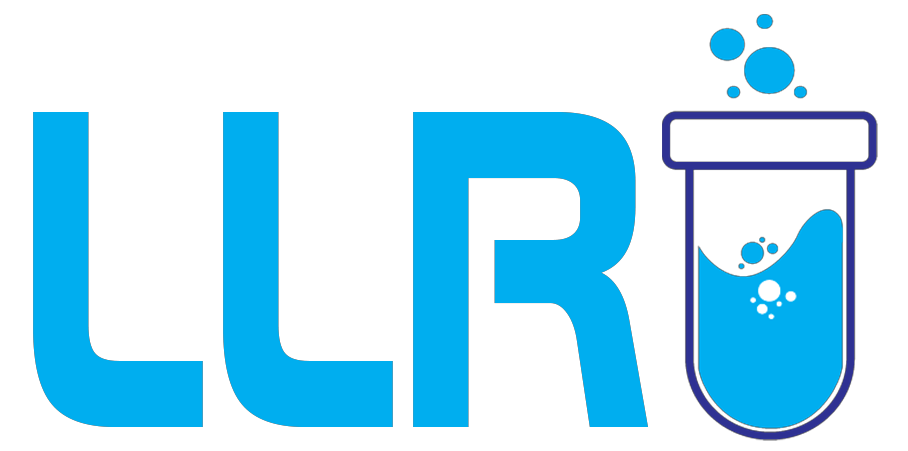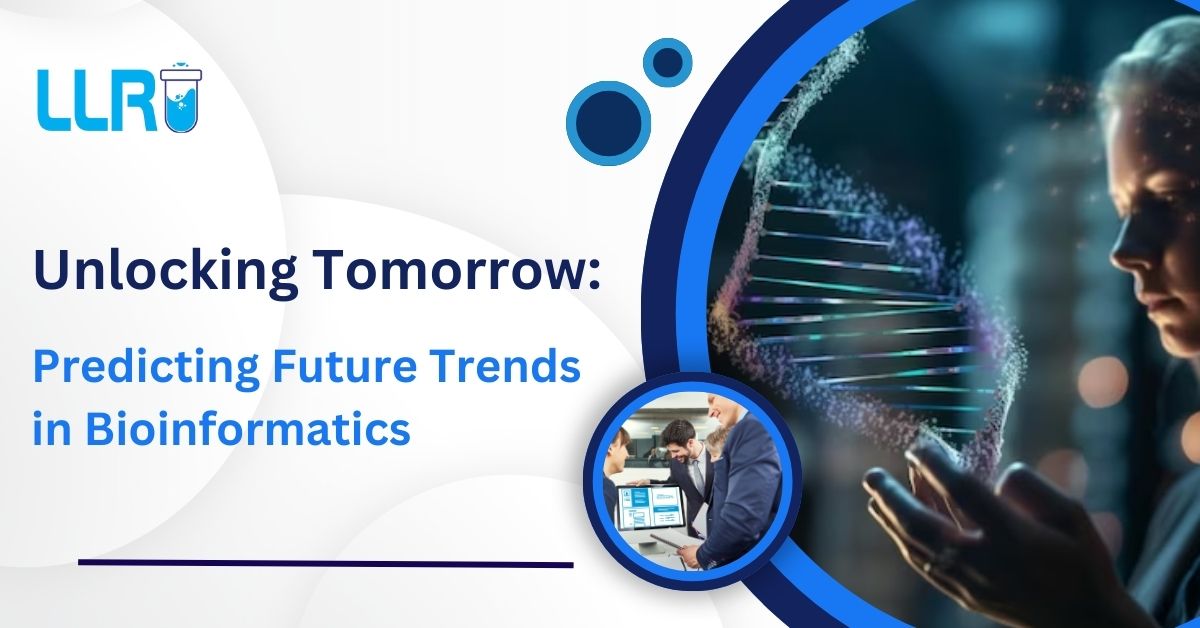In the dynamic realm of bioinformatics, a continuous surge of advancements is reshaping the landscape. Emerging tools, databases, and programming languages are revolutionizing the analysis, interpretation, and storage of biological data, fostering accessibility and efficiency. This blog post delves into the future of bioinformatics, exploring the crucial developments, anticipated trajectories, and key influencers propelling this field forward. Join us as we navigate the evolving space of bioinformatics and unveil the exciting prospects that lie ahead.
What is the Future of Bioinformatics?
Bioinformatics is about studying biological data using computer tools. It considers data as one type of information, like text, audio, or video. The field is always changing with new tools, languages, and databases. As genomics and proteomics grow, there’s a lot more data to handle. New tools, like machine learning, are helping with annotation, storage, and interpretation challenges. The future looks promising with the rise of robotics and artificial intelligence. Genomics and proteomics tools are improving to handle vast data. Technologies like deep learning aid in data analysis. These advancements have applications in drug discovery, bioinformatics, and machine learning. In the future, expect more integration and enhanced capabilities from these technologies.
Where is Bioinformatics Headed?
Bioinformatics is always changing, and the future is full of surprises. New tools, languages, databases, and methods are popping up to tackle current challenges and make data analysis easier. With genomics and proteomics booming, there’s a ton of data to handle. Enter machine learning and deep learning tools to annotate, store, and interpret this data. More bioinformaticians are joining the field, more data is getting analyzed, and more tools are being developed to support it all. The future of bioinformatics is looking really bright, set to keep growing at a faster pace. New AI tools, like end-to-end text analysis, are emerging to understand text context better. Robotics, AI, and genomics are making waves in drug discovery, bioinformatics, and machine learning. In the future, expect these technologies to blend even more seamlessly, unlocking even greater capabilities.

Latest trends in bioinformatics
Whether you’re a student contemplating a bioinformatics online course or an employee considering a career in this dynamic field, it’s essential to stay abreast of the latest trends in bioinformatics. So, without much ado let’s get started!
1. Precision Medicine – Tailoring Treatments for Individuals
Precision medicine involves customizing medical treatments based on an individual’s genetic makeup. In bioinformatics, this simply means to analyze vast datasets to identify specific genetic markers associated with diseases or responses to treatments.
Advancements in DNA sequencing technologies have made it more accessible to decode an individual’s genetic code. This trend is empowering healthcare professionals to prescribe treatments that are not only effective but also tailored to a patient’s unique genetic profile.
2. Machine Learning – Unlocking Patterns in Big Data
Machine learning is a subset of artificial intelligence that enables computers to learn from data and make predictions or decisions. In bioinformatics, it’s used to analyze large datasets, identifying patterns that might be challenging for humans to discern.
Bioinformatics deals with massive datasets, and machine learning algorithms can sift through this information to uncover hidden relationships. From predicting disease outcomes to identifying potential drug candidates, machine learning is revolutionizing how we extract meaningful information from biological data.
3. Single-Cell Sequencing – A Closer Look at Individual Cells
Traditional sequencing methods analyze genetic material from a mixture of cells. Single-cell sequencing, on the other hand, zooms in on individual cells, providing a more detailed understanding of cellular diversity and function.
Every cell in our body is unique, and analyzing them individually allows researchers to better know the intricacies of cell types and their roles in health and disease. This trend opens new avenues for understanding cellular heterogeneity and developing targeted therapies.
4. Blockchain in Genomics – Ensuring Data Security and Integrity
Surprised? You read it right! Blockchain, the technology behind cryptocurrencies, is being applied to genomics to enhance data security and integrity. It provides a decentralized and tamper-resistant way of storing and sharing genetic information.
Genomic data is sensitive, and ensuring its privacy and security is crucial. Blockchain technology adds an extra layer of protection, allowing individuals to share their genetic information for research purposes without compromising confidentiality.
5. Integration of Multi-Omics Data – A Holistic Approach
Multi-omics refers to the integration of data from various biological domains, such as genomics, proteomics, and metabolomics. This comprehensive approach provides a more holistic view of biological systems.
In order to understand the complexity of living organisms one needs to consider multiple layers of biological information. Integrating data from different omics disciplines allows researchers to find out the interconnectedness of genes, proteins, and metabolites, providing a more complete picture of biological processes.
As you can see, from personalized medicine to harnessing the power of machine learning, the future of bioinformatics holds the promise of unlocking the mysteries of life in unprecedented ways. Those who embrace these trends are sure to be at the forefront of a field that continues to push the boundaries of what’s possible.
Did you enjoy reading about these trends? Are you empowered to pursue a bioinformatics training course and take your career to a new height? Comment and let us know!

